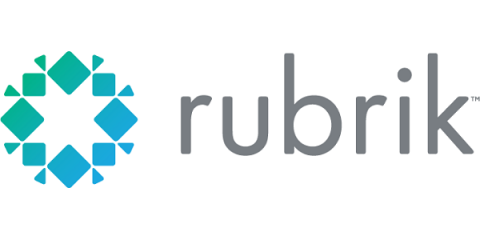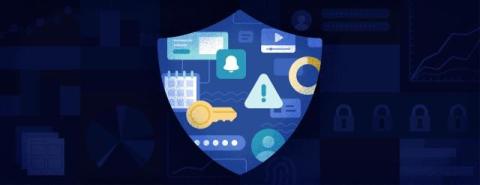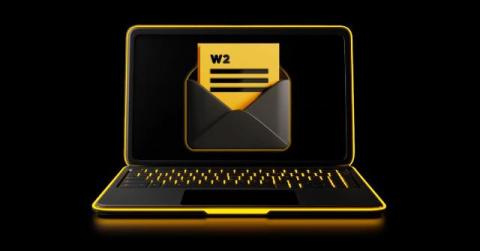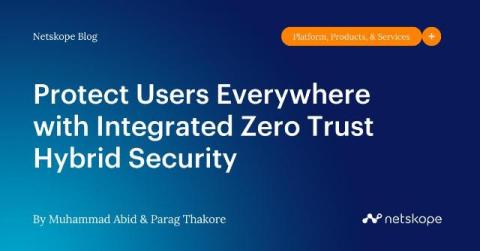How Government Agencies Can Regain Control Over Who Has Access to Sensitive Public Data
We’re thrilled to announce the availability of User Intelligence on Rubrik Security Cloud - Government. Rubrik User Intelligence empowers Fed and SLED organizations with visibility into user activities, access patterns, and potential risks. This level of insight is critical for enforcing least-privilege access to sensitive data, before it results in breaches.











